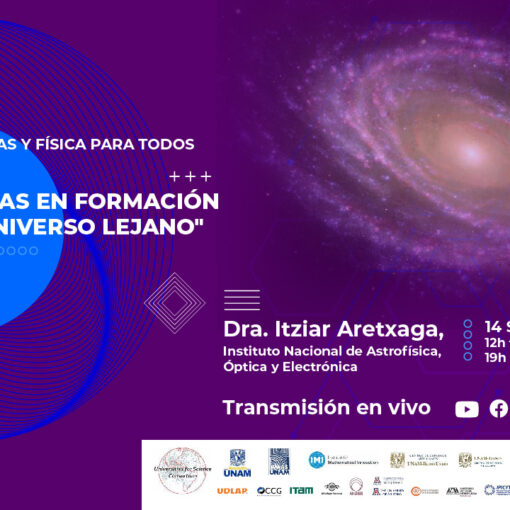Also available in: Español (Spanish) Euskara (Basque)
We want to find the most extreme distant galaxies in the Universe, the champions in brightness. In this technical article we tell you what the galactic monsters are in millimeter light (free #MNRAS technical article here) and the explanation for all audiences below.
In the PASSAGES project we search for hyperbright galaxies among the “compact objects” detected by the Planck satellite at a wavelength of 350 and 550 microns. Planck covers the entire sky in coarse sharpness (~1/36 of the Moon’s area).
One of the first tasks is to clean up the catalog of other objects, such as molecular clouds in the Milky Way or bright quasars, to isolate bright and distant dusty galaxies. These have a characteristic relative brightness at different wavelengths.
We observe with the Large Millimeter Telescope (image sharpness 40 times better) that they are isolated galaxies. We decompose the light into its spectrum to find the deexcitation of molecules in the galaxy that give us its distance: 12 to 22 billion light years for the 22 galaxies studied.
We have a 30 times sharper image with ALMA where we see arcs (the red lines). With this we deduce that these galaxies are amplified and distorted by gravitational lenses. The white background image is infrared light recorded by the Hubble Space Telescope.

There is a massive galaxy between the hyper bright galaxy at millimeter waves and us, which makes the light from the distant galaxy 10 times brighter, and warps it into arcs or circles to our eyes. We found 22 such galaxies.
The article is headed by then undergraduate Derek Berman (now a graduate student) at the University of Massachusetts, supervised by Min. S. Yun, and signed by 23 researchers from 11 institutes in the US, Mexico, Japan, UK and Chili.
Unrolled copy of my astrothread from 06/13/2022.



